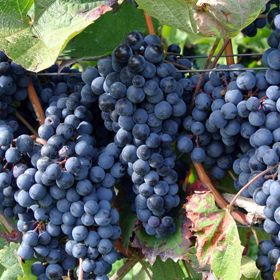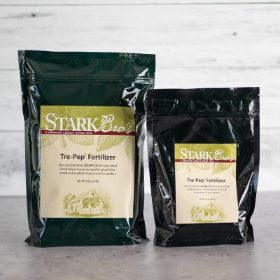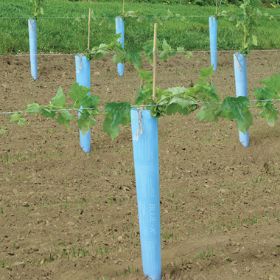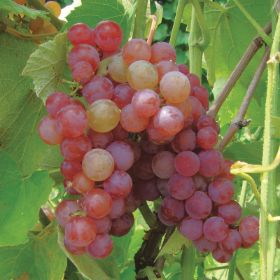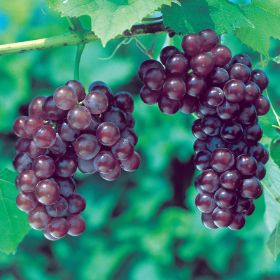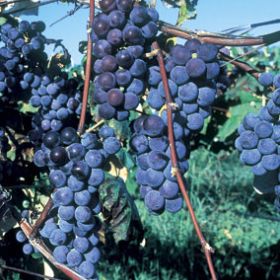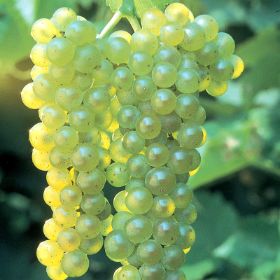Norton Grape Vine
Description
Also called Cynthiana Grape
The “Cabernet of the Ozarks”! Prior to Prohibition, this once popular variety was a shining star for a native American wine grape. Now these widely adaptable, vigorous vines are once again being grown from the East Coast to California – including the Midwest, where Norton is the state grape of Missouri. Vines yield small to medium clusters of round, firm, blue-black grapes. Best for rich, medium- to full-bodied dry red wines. Similar to, but spicier than, Cabernet Sauvignon. Originates from Virginia and introduced in the 1800s. Ripens in late August to late September. Self-pollinating.
Characteristics
| Bloom Color | White |
| Fruit Color | Purple |
| Fruit Size | Small - Medium |
| Hardiness Zone Range | 5 - 8 |
| Pollination | Self-Pollinating |
| Ripens/Harvest | Late September |
| Shade/Sun | Full Sun |
| Soil Composition | Loamy |
| Soil Moisture | Well Drained |
| Soil pH Level | 5.5 - 6.5 |
| Taste | Sweet |
| Texture | Firm, Juicy |
| Years to Bear | 2 - 4 |
Zone Compatibility
This Variety's Zone Range
5 - 8
My Hardiness Zone
?
The USDA hardiness zones offer a guide to varieties that will grow well in certain climates. Each zone corresponds to the minimum winter temperatures experienced in a given area. Make sure that your hardiness zone lies within the zone compatibility range of this variety before ordering.
Pollination
This variety is self pollinating.
In many cases, you may still want to plant pollinating partners to increase the size of your crops, but with self-pollinating varieties doing so is optional. You'll get fruit with only one plant!
Tools & Supplies
Having the proper tools and supplies when growing your own can make the difference between a good harvest and a great harvest! Here's a list that our experts recommend for this variety.
Planting & Care
Learn all about how to grow grape vines in The Growing Guide. An entire section of our website dedicated to your growing success.


